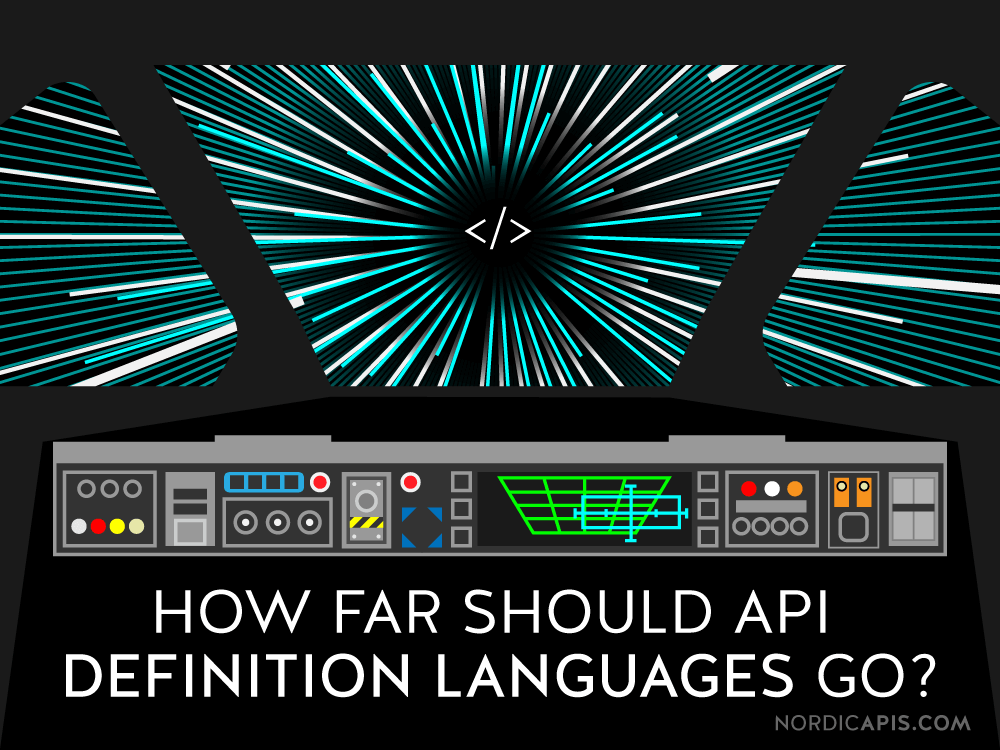Turning a Website Into a Desktop Application
Probably like most of you, my dear readers, I have too many browser windows open,
with tons of tabs for each window. But there are always apps I come back to very often,
like my email (professional & personal), my calendar, my chat app, or even social media
sites like Mastodon or Twitter. You can switch from window to window with CTRL/CMD-Tab,
but you also have to move between tabs potentially. But for the most common webapps or
websites I’m using, I wanted to have a dedicated desktop application.

